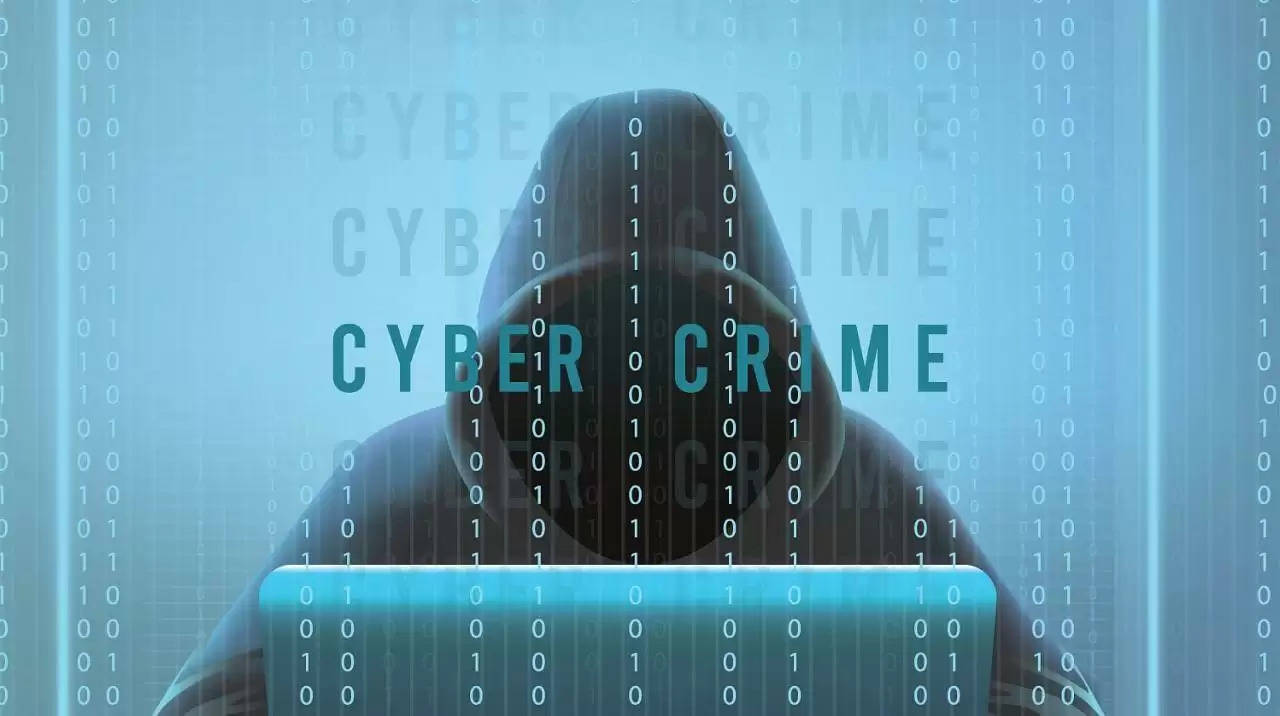EDITORIAL | How digitally empowered are we?

FROM THE EDITOR's DESK:
The single biggest existential threat that’s out there, I think, is cyber - Michael Mullen
Much has been talked about cyber-crime and cyber bullying. These are no longer alien terms. The internet and social media have indeed changed the way we communicate and interact with one another. While social media has boosted the level of communication and engagement, it has also given rise to several criminal activities which are common in the virtual world.
In 2019, the Digital Empowerment Foundation stated that only 30 percent of the population in India is digitally enabled in this technological world; which means 70 per cent are not digitally empowered, and that is a dangerous trend.
India, with over 400 million internet users as of 2018, is reportedly the 2nd-largest internet population in the world. With no prior engagement with technology, the sudden and easy access to smartphones and internet is indeed a worrying trend.
Recently, a 17-year-old girl from Arunachal Pradesh became a victim of social media exploitation at the hands of a Facebook user following which the girl stopped going to school out of depression.
This is not a one-off case in the Northeast. Several incidents in the past revealed the region is no stranger to online harassment, cyber bullying and cyber crime.
Facebook is a common platform for criminals to fool people, especially the young populace, pulling them into a virtual web of confusion which often leads to depression.
Online harassment is a serious issue which requires immediate attention, which is why we see the government and law enforcing agencies issuing notices and advisories from time to time, requesting people to be alert and vigilant.
ALSO READ:
Also Read: Trafficking in Northeast India takes new form; girls trafficked in the name of ’employment’
There are also other crimes committed through the internet and offences like phishing, fraud, hacking, and theft of data have been identified as common crimes on the web.
The increasing cases of cyber crime only reflect the magnitude of the problem we are currently facing. It is also troubling to note that despite several advisories, people still fall prey to doubtful messages and e-mails (spam), which is why digital wellness is very important.
There is a need to promote digital education in schools to allow students to grab an understanding of technology at an early age to prevent them from misusing the digital tools.
Misuse of social media is another troubling aspect, as it can wreak havoc and flare issues as sensitive as the protests against the Citizenship Amendment Act (CAA) and the Farm laws. This happens when fake and unverified news takes over the internet.
Fake news comes in three different forms — misinformation, disinformation and mal-information; misinformation is when a person is not aware or accidentally and lack of understanding; disinformation is when people or organisations with agendas share the piece of false information with an intention to influence people negatively; and mal-information is that piece of information which is floated out of context.
Surprisingly, the state of Kerala has declared ‘Right to Internet Access’ as a ‘fundamental right’ bridging the digital gap so that individuals and households in the country are part of the World Wide Web; this can be attributed to the conditions struck by the COVID-19 pandemic.
Internet has no borders and given the flow of content and activities on the net, it is equally important for us to equip ourselves and to be digitally empowered to avoid falling prey to cyber criminals or fake news.
ALSO READ:
Also Read: The Age of Social Media Addiction

















